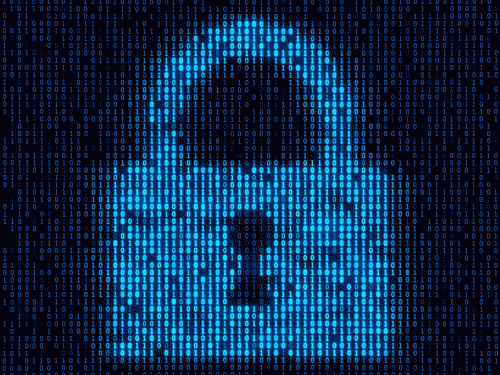MFA.XYZ


The Importance of MFA Security for Enhanced Online Safety
In today’s digital landscape, where cyber threats are becoming increasingly sophisticated, ensuring online safety has become paramount. One effective security measure that individuals and businesses alike can employ is Multi-Factor Authentication (MFA). By adding an extra layer of protection to our online accounts, MFA security significantly enhances our overall cybersecurity posture. In this article, we will delve into the concept of MFA security, its benefits, implementation, and address common concerns surrounding its usage.
Table of Contents:
1. What is MFA Security?
2. How Does MFA Security Work?
3. Benefits of MFA Security
4. Implementing MFA Security
5. Common FAQs about MFA Security
1. What is MFA Security?
MFA security, also known as two-factor authentication (2FA), is a security mechanism that requires users to provide two or more verification factors to access their online accounts. These factors typically fall into three categories: something you know (such as a password or PIN), something you have (such as a mobile device or key card), or something you are (such as a fingerprint or facial recognition).
2. How Does MFA Security Work?
When a user attempts to log in to an account protected by MFA security, they are prompted to provide their primary authentication factor, usually a password. Once the initial authentication is successful, the system requests an additional factor, such as a unique code sent to the user’s mobile device or a biometric scan. This ensures that even if an unauthorized individual gains access to a user’s password, they would still be unable to log in without the second verification factor.
3. Benefits of MFA Security:
3.1 Enhanced Security: MFA security significantly reduces the risk of unauthorized access, as it adds an extra layer of protection beyond just a password. Even if a hacker manages to obtain a user’s password, they would still require the second verification factor to gain access.
3.2 Protection Against Phishing: Phishing attacks, where malicious actors attempt to trick users into revealing their login credentials, are prevalent. MFA security acts as a deterrent for such attacks, as the hacker would also need the second-factor authentication, which they cannot obtain through phishing alone.
3.3 Mitigation of Credential Stuffing: Credential stuffing is a technique where hackers use stolen login credentials from one website to gain unauthorized access to other accounts. MFA security prevents this by requiring a second authentication factor, making it extremely difficult for cybercriminals to exploit stolen passwords.
3.4 Compliance with Industry Standards: Many industries, such as finance and healthcare, have stringent security regulations that organizations must adhere to. Implementing MFA security helps meet these compliance requirements, ensuring sensitive data remains protected.
4. Implementing MFA Security:
Implementing MFA security is a straightforward process. Most online services and platforms offer MFA as an option in their account settings. Users can choose the type of second-factor authentication they prefer, such as SMS-based codes, email verification, authenticator apps, or hardware tokens. Enabling MFA security is as simple as following the platform’s instructions and configuring the desired authentication method.
In an era where cybersecurity threats are ever-evolving, implementing robust security measures is crucial. Multi-Factor Authentication (MFA) security offers a powerful defense against unauthorized access, protecting our online identities and sensitive information. By adding an extra layer of verification, MFA security significantly enhances our online safety, making it an essential tool in today’s digital landscape. Enable MFA security wherever possible to safeguard your online presence and enjoy peace of mind in an increasingly interconnected world.


